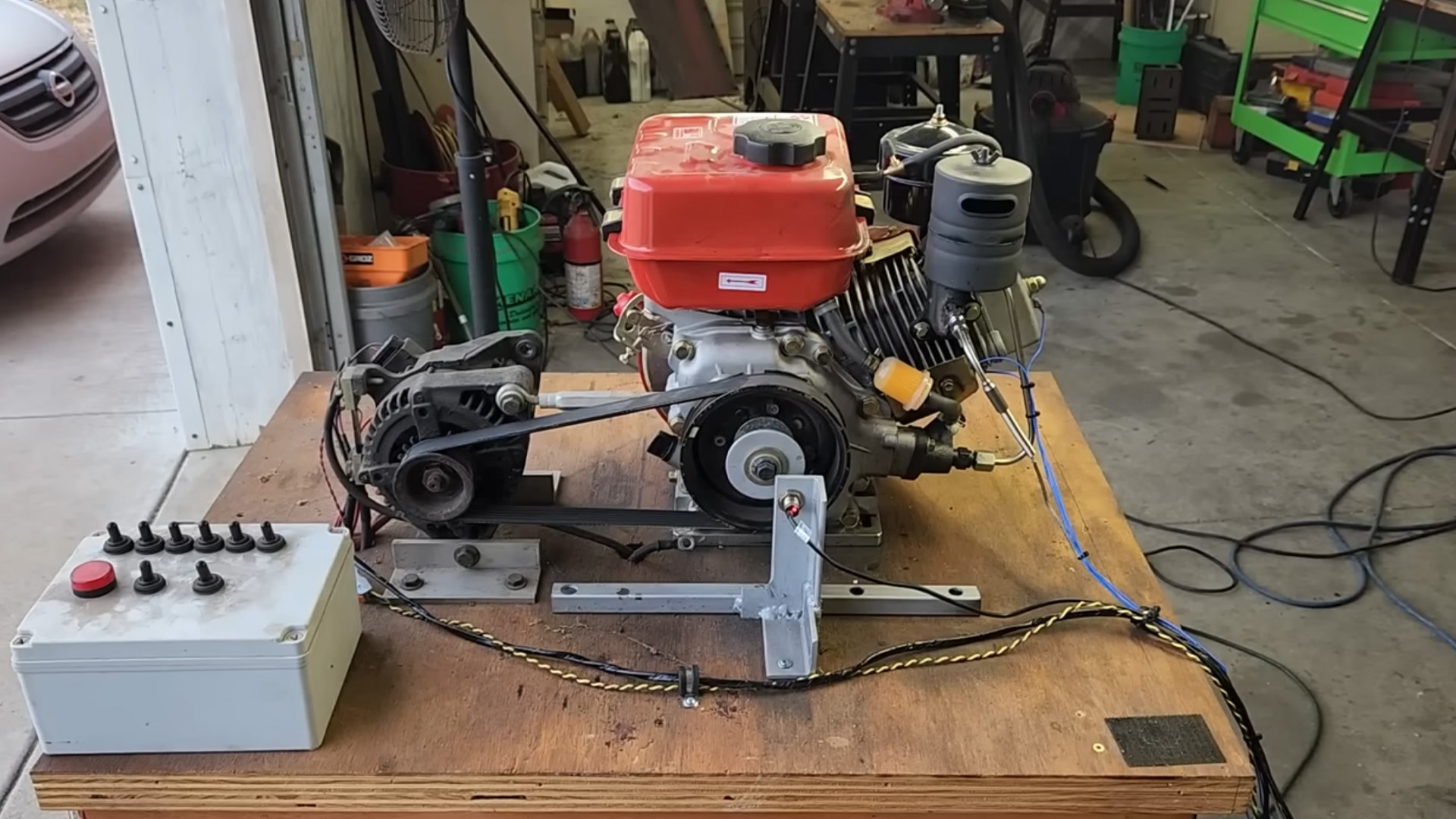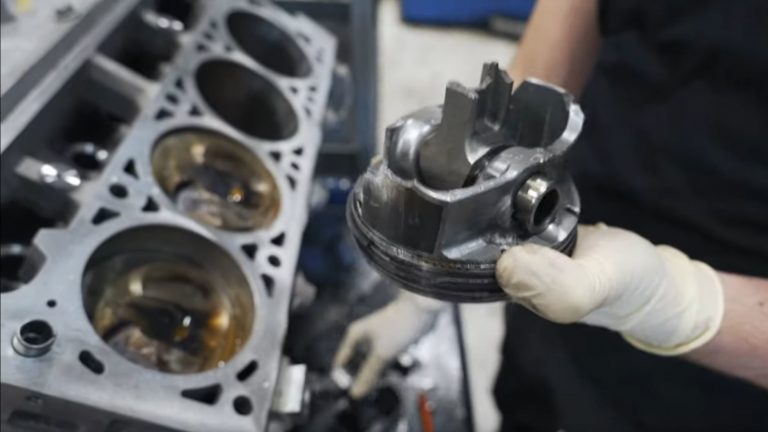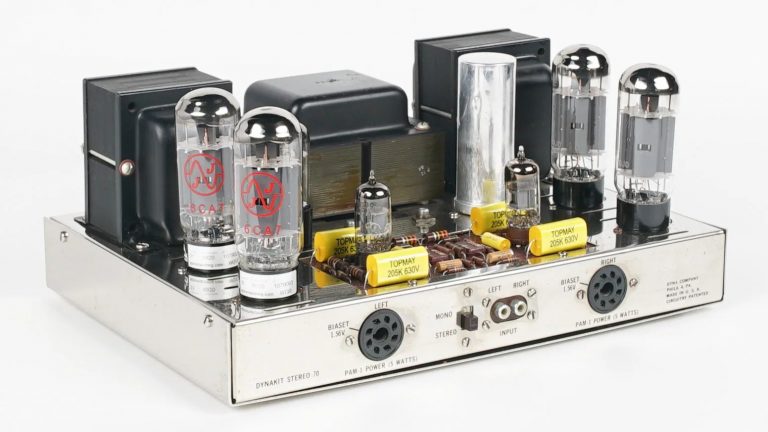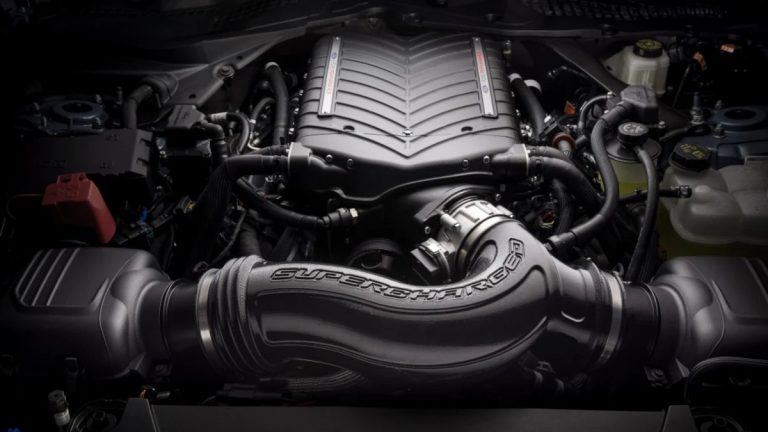Torturing a Tiny Diesel Engine for Fun Is Chaotic Neutral Behavior

It’s natural to wonder—healthy, even. Still, it can be scary to challenge what you know. Rarely in life can we do that on a small, inconsequential scale… but if you have a cheap 3-horsepower diesel engine on a test bench, there’s no problem with feeding it propane, water vapor, and more because the stakes are pretty low.
You thought we were getting serious, huh? I wouldn’t spring that on you. I’m just happy you clicked so we can both see what Jimbo from the Robot Cantina YouTube channel is cooking up now.
We’ve covered a few of Jimbo’s projects before, like that supercharged Kubota diesel-powered Honda Insight. This time around, he’s running a 196cc diesel engine on different fuel mixes while also pumping foreign materials into the intake. It’s good, clean fun that satisfies some curiosities without turning into disaster. A real win-win.


First, the test bench. It’s a homemade setup that features a 120- or 140-amp alternator and a 1,700-watt load bank to run the engine under varying stress levels. For these experiments, the alternator is running a roughly 70-amp load and there are digital readouts showing the live voltage numbers as well as the current flow in amps. Jimbo also rigged up a four-channel Thermocouple meter to measure exhaust gas temperatures as well as temps at three different points on the engine: the valve cover, the side of the cylinder head between the head casing and cooling tin, and a bolt underneath the head. These might not be the most precise or meaningful readings, but at least he can monitor the heat changes with each trial group.
Jimbo established the baseline numbers while running on regular diesel fuel. He chose to keep the revs high and the throttle position constant, so in normal conditions, the engine spun at 2,600 rpm with a 74-amp load and 14 volts of current. The EGTs also leveled out around 660 degrees with the stock intake manifold, and after switching to a 3D-printed unit that was essential for the rest of the tests, that figure dropped to 620 degrees.



Water vapor was the first big change. Now, it was never fed via the fuel system but rather through the intake using a rudimentary bucket with two ultrasonic vaporizers inside. What looks like a Shop Vac hose connected the bucket to the intake and with both vaporizers on, the difference was minor. The engine seemed to run the same with only a 20-degree drop in EGTs when both vaporizers were running; powering just one led to a proportionate 10-degree drop. Jimbo mentions it would be hard to replicate that on a larger engine as you’d need a lot more Amazon vaporizers to make an impact, but hey, it’s good to know… for science.
Similarly, there was almost no change when hooking an air mattress inflator and the exhaust side of a Shop Vac to the intake. All in good fun, but nothing worth really mentioning.



A big difference came when he introduced a “universal” 80/20 mixture of new 10W30 motor oil and gasoline. That poor engine really didn’t like it. Revs fell sharply from around 2,600 rpm to right under 2,000 rpm with the same load as before, and when Jimbo increased the load, well, it just about quit. It was a little better when he ran 400cc of the universal mix with 250cc of pure diesel, but still, the EGTs climbed 60 degrees up to 680 degrees Fahrenheit.
After switching back to pure diesel fuel, it was time for propane. While this setup was slightly less reminiscent of a MacGyver episode than the water vaporizer bucket, it’s still a sight to behold. Jimbo simply grabbed a Bernzomatic torch and fed the 3D-printed intake with a tube. He slowly opened the valve, and as he did it, the EGTs dropped significantly. Then the engine developed a knock. It’s likely because propane has a higher octane rating, so it wasn’t combusting until after the diesel did. He even noticed the smell of propane in the exhaust.



The final boss the tiny diesel had to face was a carburetor from a Harbor Freight Predator gas engine. You can probably guess how that went. It’s worth noting that Jimbo installed it on the intake manifold without plumbing any fuel lines to it. That would never work as the compression-ignition engine needs fuel delivered at precisely the right time, and the carb would just let it flow willy-nilly. He instead used it as an air-blocker of sorts by closing off the choke, forcing it to run with very little oxygen. The result was rough. While the governor came close to maintaining the revs, the EGTs shot up to 740 degrees—about 120 more than under normal conditions with the 3D-printed intake.

Of course, almost none of this is useful information. But I’m not sure that was ever the point. Sometimes it’s good to think up an idea and execute it, if for nothing more than having fun. I probably wouldn’t have much luck getting my five-year-old son to swap an engine with me, but feeding Orbeez into a lawnmower engine? Yeah, that would probably make him pretty stoked.
Got a tip or question for the author? Contact them directly: caleb@thedrive.com
Source: www.thedrive.com






